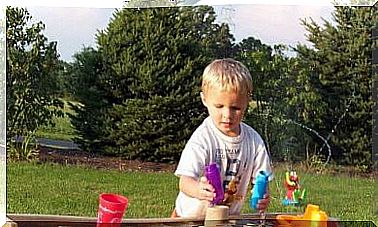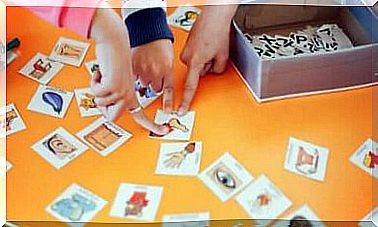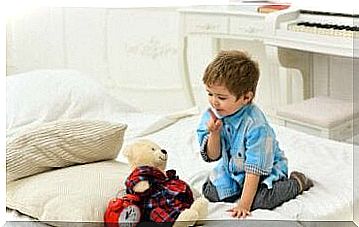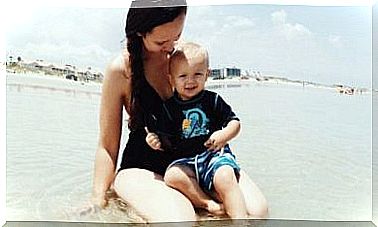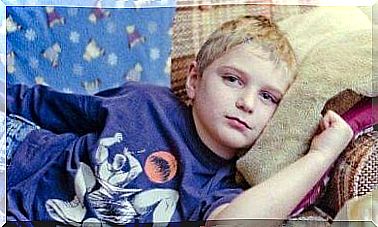All You Need To Know About Mastitis: Causes, Symptoms And Treatment – You Are Parents
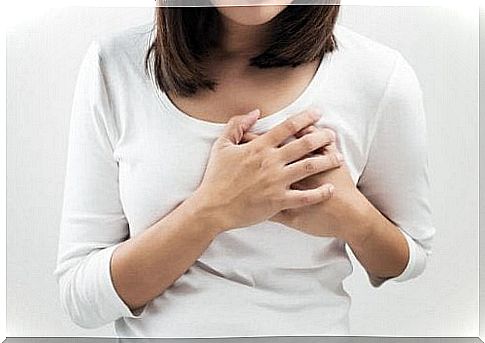
It may happen that when a woman is breastfeeding she suddenly feels a lump in one of her milk ducts. Subsequently, a certain discomfort, similar to that of the flu, begins to appear. If this happens, it could be a case of mastitis.
In fact, it is a small disease that occurs in many women. It is estimated that one in 20 women may suffer from this disease while breastfeeding. But what is mastitis?
What is mastitis?
It is a breast infection that usually affects women while breastfeeding. This infection occurs because one of the milk ducts becomes blocked, preventing the normal flow of fluid.
This will then trigger a series of discomfort which will eventually show that it is an infectious process.
“Microorganisms accumulate in the duct and infect it, which directly affects the tissues of the mammary duct and causes inflammation visible to the naked eye”
The most common causes
Another cause of mastitis after milk duct obstruction is the presence of cracks in the nipple. These small sores, often unavoidable when breastfeeding the baby. They are also the ideal place for bacteria to invade breast tissue.
What happens is that these bacteria get lodged in the nipples through small cracks in the skin and make the infection worse. To avoid this, mothers must learn to avoid injury and to empty their breasts properly.
However, this information leads us to the next question: Can women who are not breastfeeding suffer from this uncomfortable infection? The answer is yes.

What happens when mothers don’t breastfeed?
Mothers who do not breastfeed their babies have more serious complications in the chest area because fluid storage is usually excessive. When milk buildup is a lasting problem, it can lead to infection.
Therefore, it is very important that breastfeeding women empty their breasts properly and continuously and avoid unnecessary accumulation. This applies to both groups, both for those who directly breastfeed their children and those who do not.
As we have already mentioned, even mothers who breastfeed regularly should control the flow of milk. In addition, women who have weak immune defenses are much more likely to suffer from this disease.
Common symptoms of mastitis
Here are the most common manifestations of mastitis:
- Inflammation : This is an annoying and noticeable swelling of one of the two breasts.
- General malaise : feeling tired, depressed mood and / or fever. The intensity of these symptoms will depend on the condition of the body and the course of the infection.
- Chills, tremors and increased fatigue – these are symptoms of more severe cases of mastitis.
As we can see, this is the symptomatology common to any mild infectious process that occurs in the human body. Faced with a strong immune system, the infection will only last a few days. But if left untreated, it can last for weeks.
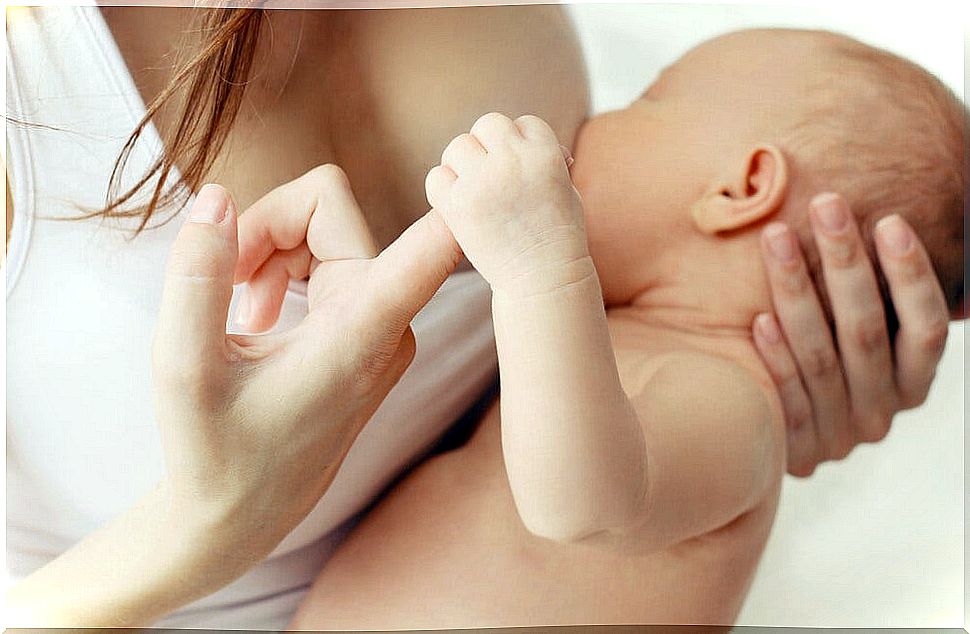
Treatment
Treatment for mastitis is very simple when the case is mild to moderate. The measures generally taken are as follows:
- Put compresses with hot water on it. This can significantly relieve pain in breasts affected by inflammation. This can be done during the first hours and days of the infectious process.
- If the discomfort increases during the first few days, your best bet would be to go to the doctor to prescribe the appropriate antibiotics and pain relievers. Self-medication is not an option while breastfeeding.
Should we breastfeed when we have mastitis?
The answer is yes. This is because emptying the breasts can help us eliminate mastitis. Making sure the milk we are feeding the baby has an outlet ensures that it does not interfere with the ducts and cause complications.
If the baby’s bites and sucks are causing a lot of pain, we can use devices that help us extract the milk from the breast. These are devices designed to aspirate fluid by placing them directly on the breast and pouring them into a vial or container.
Once the breast is completely empty, we can continue to use the bottle to feed the baby without major inconvenience.
Mastitis affects the mother, not the baby. Therefore, we should not worry about the possibility that the baby is “infected” with mastitis or has some other problem.
Other interesting data
Beyond all of the above, it will also be helpful to keep the following mastitis data in mind:
- It is much more common in women under 30 or in early pregnancies.
- It also occurs in women who give birth over 50 or even 60. These are considered to be extraordinary cases.
- This infectious process also occurs more easily during the first 12 weeks of breastfeeding. This type of mastitis is known as postpartum mastitis.
Care should be taken as the infection progresses and medium to large abscesses form. If so, you need to go to the doctor, who will tell you what tests need to be done to rule out breast cancer or tumor.
Fortunately, mastitis is curable. With good control and the respective follow-up, everything will return to normal.
